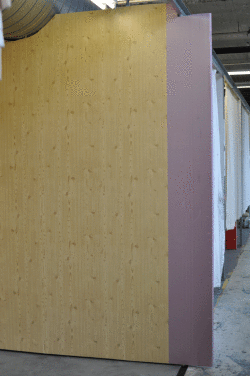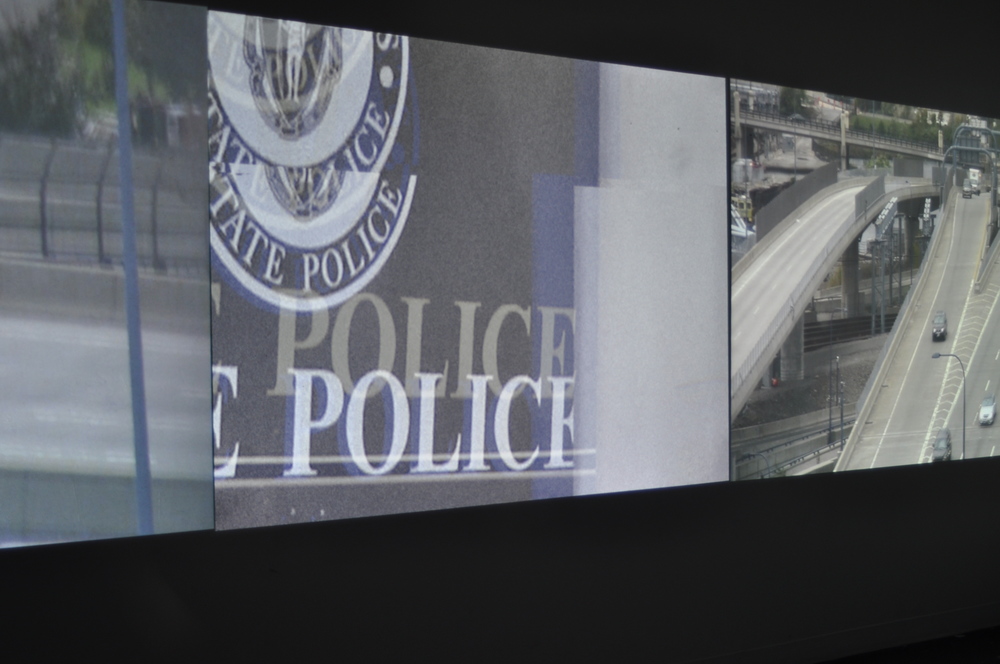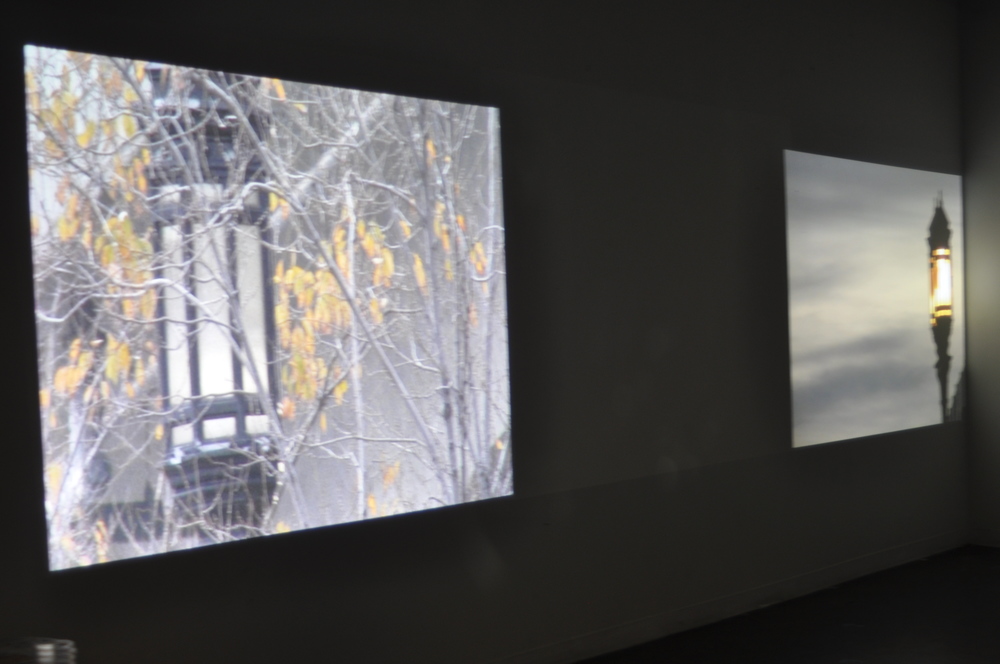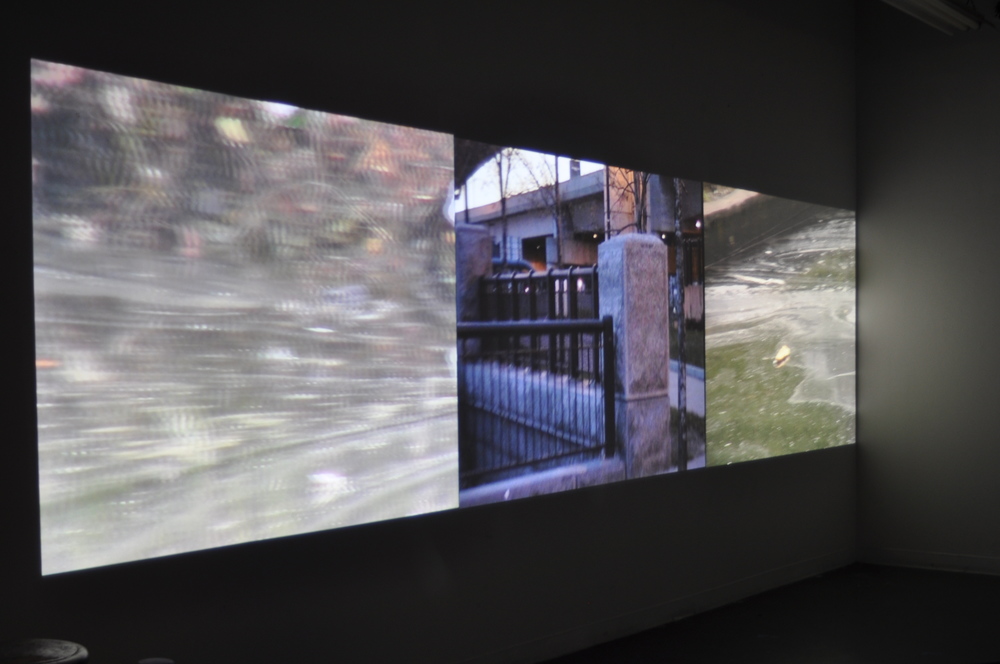With tiny scissors, glue, and tweezers, I’ve covered almost 200 faces of the May 2020 issue of Vogue using only the paper available from April’s issue. I’ve made a face covering for every face presented in the magazine but I don’t know why I did it — to keep from going mad during quarantine? — or what to do with the completed object.
All I want to do now is get the magazine into the hands of friends and watch and listen for their reactions. But the pages are becoming fragile with all of the handling and I’m terrified to let it go in the mail. I fear losing this baby, both an albatross that kept me hunched over my desk for six weeks but also a calling that gave me purpose during these uncertain times.
Testing stop motion animation with the modified May 2020 issue of Vogue.
I’m choosing to see this as yet another opportunity to expand my practice — to blend object and digital spaces — and I’m calling upon older video works to inform the next steps. My “perfect room” rendered by Corey Beaulieu for Where Ever You Go There You Are, 2012 was missing a bathroom, kitchen, and closet but damn that room was seductive to me at the time. It played in the same space this work does, using luxury shelter magazines as its starting point to question desire and necessity.
As I blunder around learning Adobe Premiere, I’m beginning to invent a character who might be flipping through this issue. Is it Anna Wintour, the editor of Vogue? Or a young transgender woman? Does she identify with Vogue’s aesthetic elitism? Or aspire to the One Percenter lifestyle the magazine centers on? And is she looking at the magazine now in the midst of the pandemic or in some future moment? Or is this all perhaps a media play, destined to be a press release and pdf version of the magazine slipped into the archives of Vogue as I did at Elsewhere Museum with The Future Is Today?
All that is clear to me is that the longer this pandemic, the more our prior notions of luxury will likely look like the hemlines of the past.






